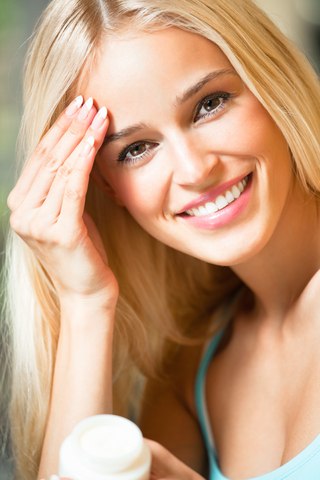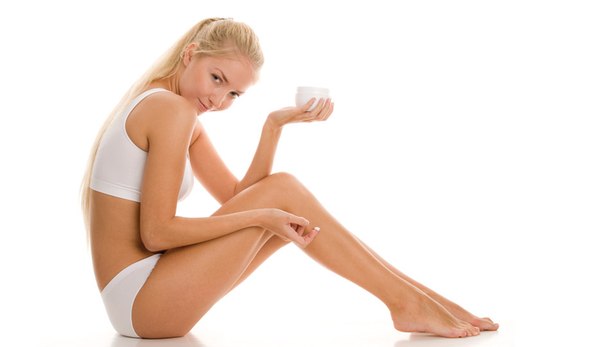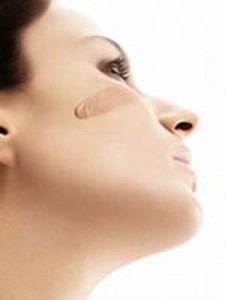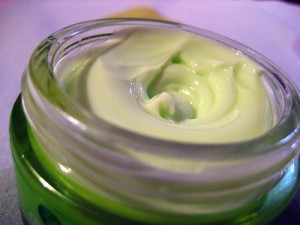1. The first component on teh label has the highest concentration.
Manufacturers of skin care products are required to list ingredients in descending order – from the highest to the lowest level of concentration. This means that the component is presented in very high concentrations, is always given first.
If you bought a detergent claimed to be organic, but at the beginning of the list of ingredients is Sodium Lauryl Sulfate – SLS, and you should know that it is a very aggressive detergent.
Exception is when the components are classified as drugs, such as Retin A. Then these ingredients are specified before other components, regardless of concentration.
2. Some toxic components may be contained in the skin care product in small doses.
Ingredients referred to the latter, commonly referred to as “trace elements”. Perhaps, the amount of certain chemicals such as parabens (methylparaben, ethylparaben, propylparaben, and butylparaben) might be indeed too insignificant to cause injury. However, if you use a lot of products containing these ingredients there may be a cumulative effect.
 3. When you think how to read the label on the skin care products, you need to know only the first 33% of components are important.The rule is that approximately 90% of skin care products are based on the first 33% of the components.
3. When you think how to read the label on the skin care products, you need to know only the first 33% of components are important.The rule is that approximately 90% of skin care products are based on the first 33% of the components.
This means that the components referred to them, most likely, are the trace elements.For example, if label on the skin care products indicates to have 25 ingredients, then the product is mainly composed of the first eight ingredients. The remaining 17 components are likely to have little impact on the effectiveness of the skin care product.
Another way of reading the composition of the product is to divide the list of ingredients in three: the first third usually contains 90-95% of the product, the other third – about 5-8%, the last third – 1-3%.
4. Active ingredients must have the highest concentration. You should have this in mind when you think how to read the label on the skin care products.
One important aspect when you read labels of the skin care products is to understand what kind of components are included in the product, and what kind of their concentration required to achieve the desired effect. For example, if you buy a mineral sunscreen, look for zinc oxide and / or titanium dioxide, are listed separately as active ingredients, or at least right at the beginning of the list. Each of them should have a concentration of not less than 7%.
For example, Sodium Lauryl Sulfoacetate – SLS and Sodium Lauryl Sulfate are not the same thing. The first one is derived from plant cleaning agent, and has much milder effect than the second one.
In addition, some components may be somewhat related but different chemical forms, such as silicon, Cyclomethicone andDimethicone, used by many manufacturers of cosmetics as an emollient.


